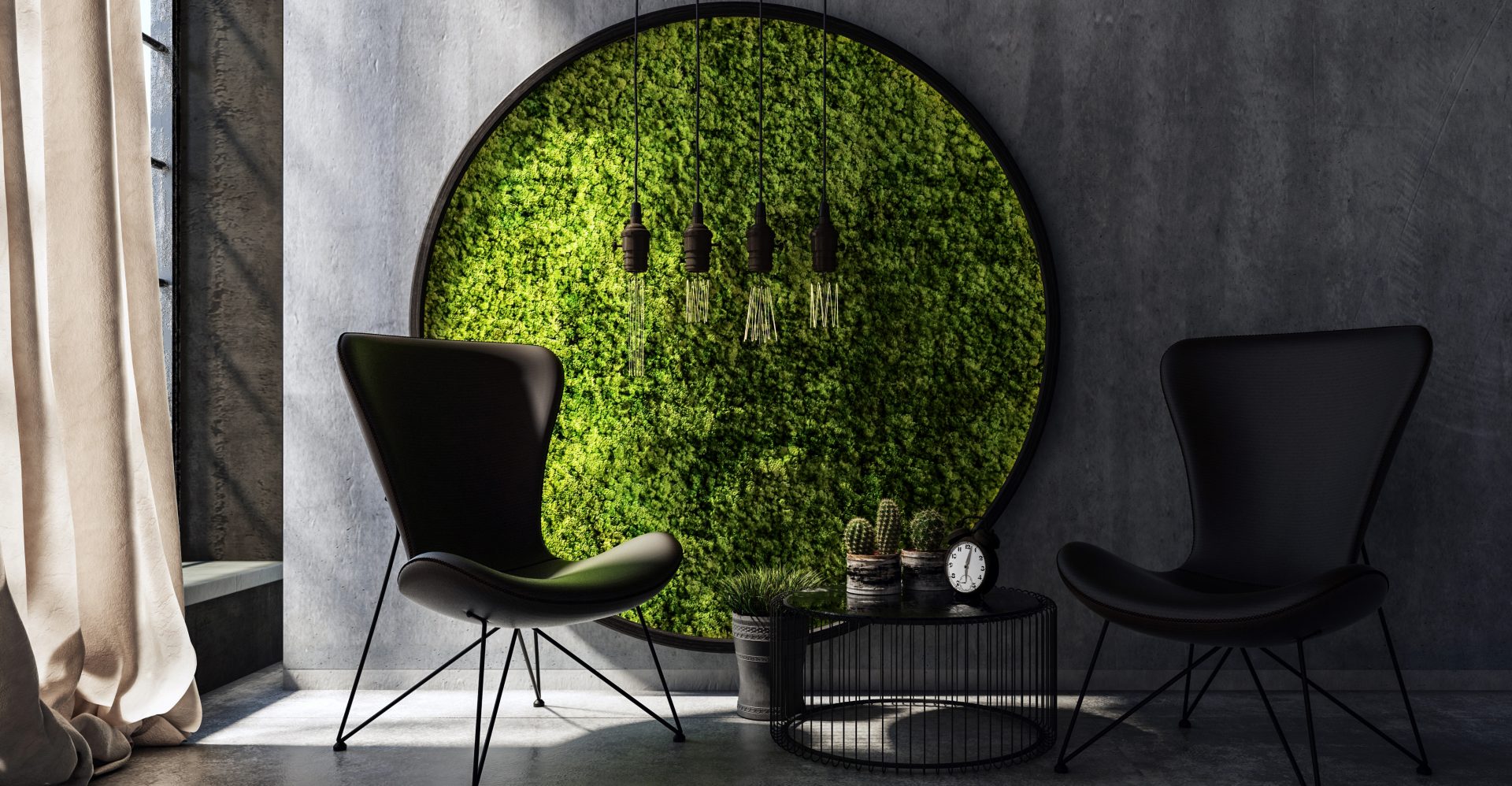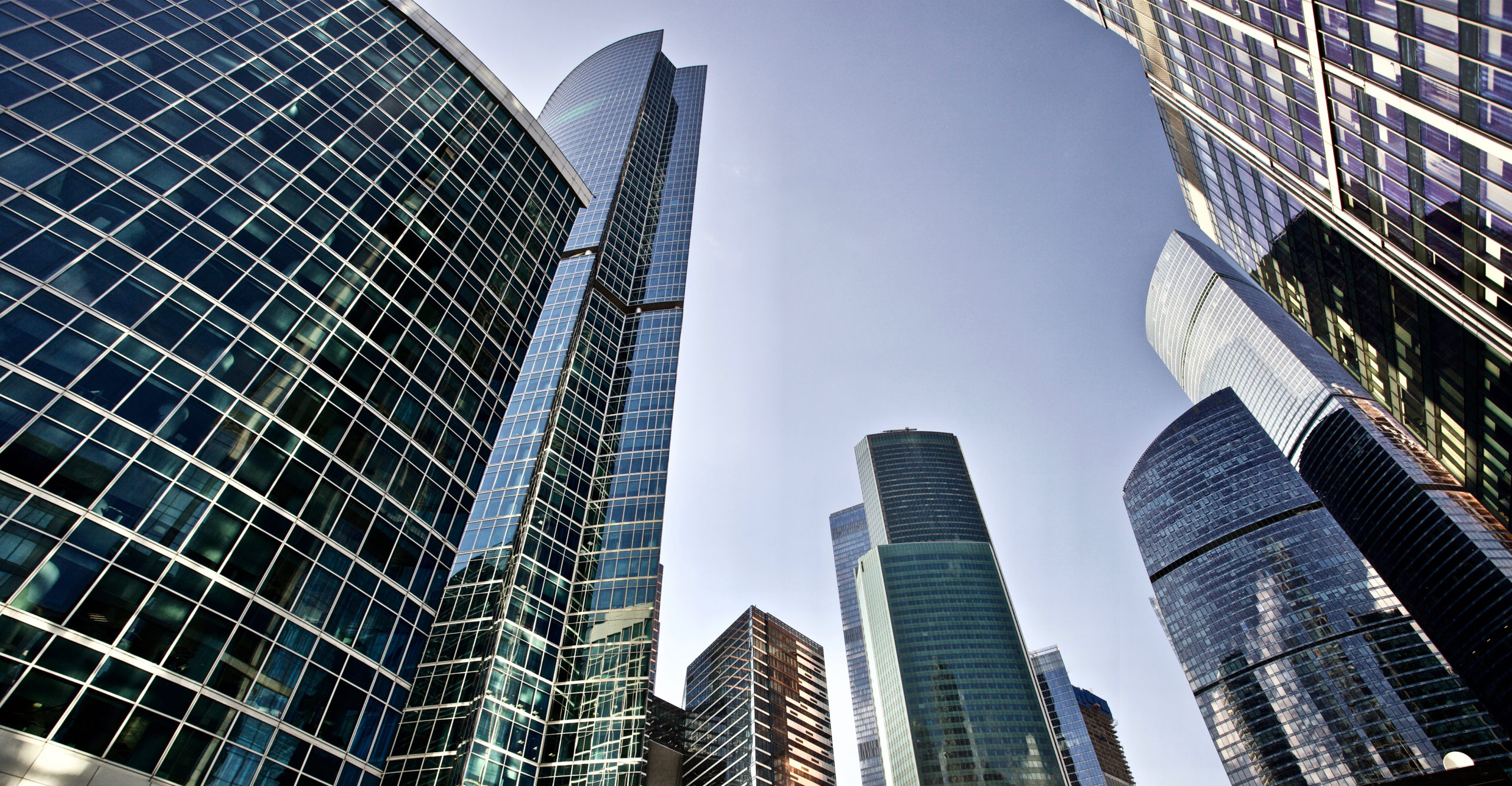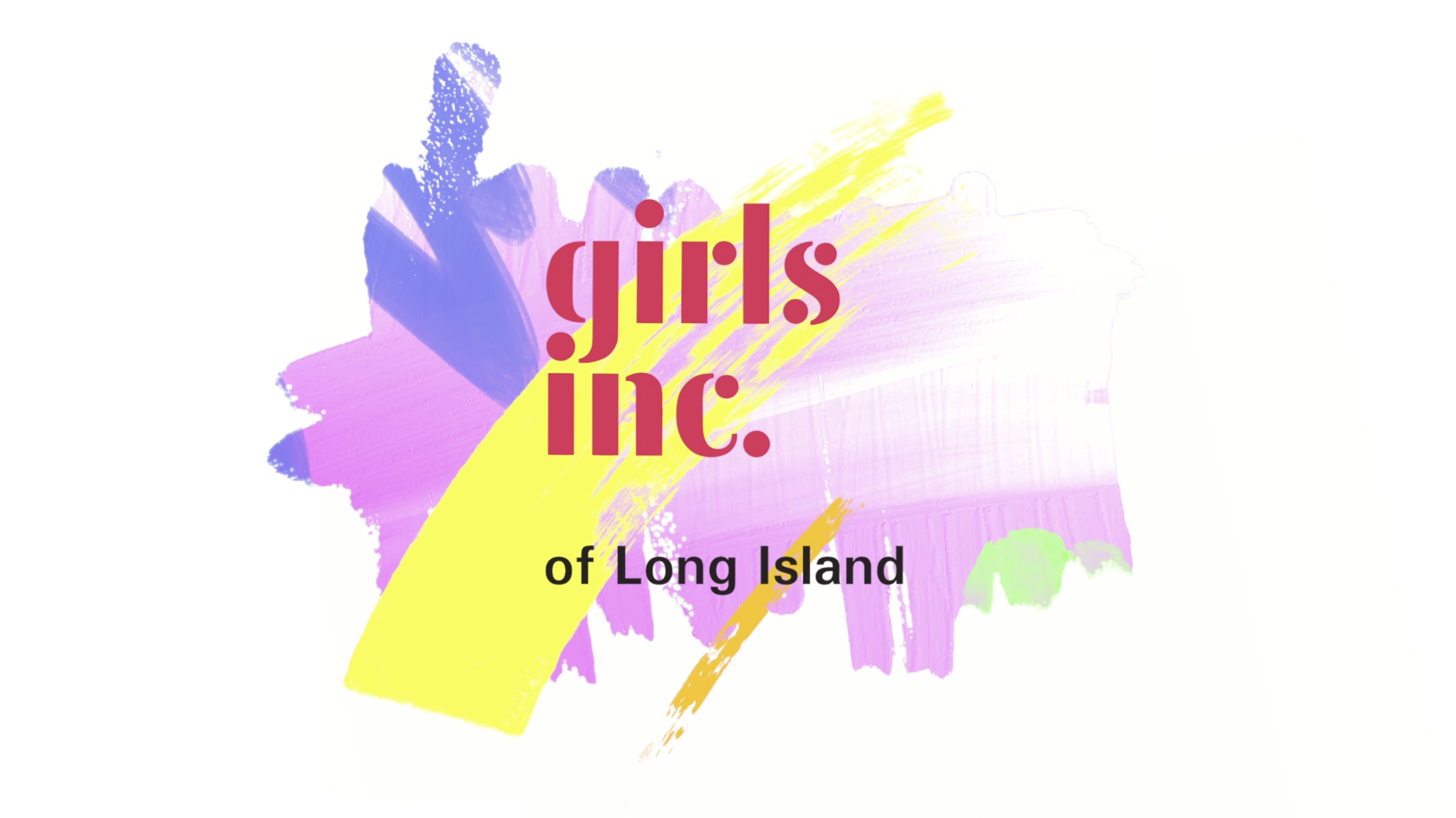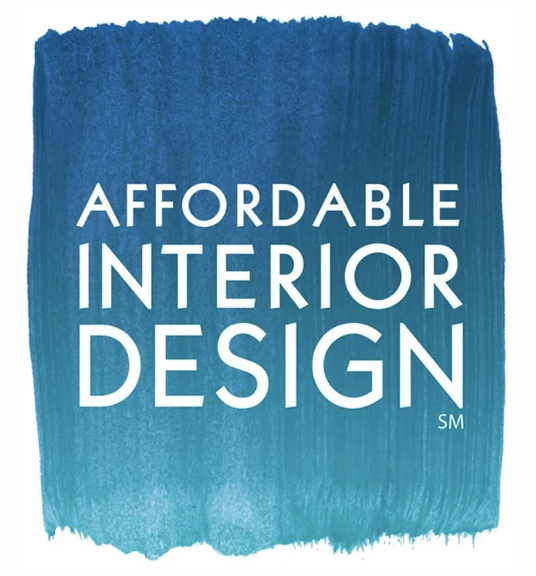
March 2020
4 Min Read
How to Create Biophilic Workplaces to Improve the Well-Being of your Employees
Biophilic design is currently trending, but what exactly is it? And why should you consider incorporating it into your organization’s workplace?
Take a minute to close your eyes and picture your happy place. Think about how this happy place makes you feel. Are you relaxed? Calm? Energized? At peace?
When asked to do this exercise, most people will choose the beach, the lake, the mountains, the park, even just the shady spot under the tree in their backyard — and that’s not a coincidence. Nature is a common thread for all cultures and people throughout all walks of life. As humans we are inextricably linked to nature, but in this increasingly digital age, it’s all too easy to dismiss the importance of that connection. This is exactly why it’s crucial for forward-thinking businesses to consider biophilic design, which is all about the power of incorporating nature into our built spaces.
The discipline of biophilic design takes the aesthetics and function of interior design and harnesses it to improve the occupants’ overall well-being. When natural elements, forms and imagery are incorporated into an interior space, an emotionally beneficial environment is created.
According to Forbes, workplace stress is on the rise. As a designer, the importance of integrating this design concept into corporate, healthcare, residential and education spaces is critical. People spend most of their time indoors. The sustainability consulting firm Terrapin Bright Green, states that “over the last quarter century, case studies have documented the advantages of biophilic experiences, including stress recovery rates, lower blood pressure, improved cognitive functions, enhanced mental stamina and focus, decreased violence and criminal activity, elevated moods, and increased learning rates.”
While it’s probably most effective for biophilic design to be integrated into a space from the concept phase, that doesn’t mean you can’t incorporate into an existing space. In fact, doing so can be as simple as introducing plants or green or “living” walls. Both are examples of nature in the space, a pillar of biophilic design. Other options include natural light and balanced daylight views throughout a space. Water features and fish tanks are other fun ways to create this connection.
Looking for ways to create a positive impact in the human built environment that require minimal upkeep? Installing nature-inspired artwork or other natural materials such as wood, stone, rock can also foster this connection. A well-chosen color palette can reinforce your biophilic efforts. Looking to take it to the next level? Sound and smell are also great ways to create a biophilic sensory experience in a space.
When people are surrounded by nature they are at their best – balanced, productive, well. Biophilic design can promote decreased absenteeism, employee retention, increased performance, increased efficiency and healthier relationships, which are all directly linked to your bottom line. Most people spend the majority of their lives at their workplace; creating an environment that fluidly connects everyone in it to nature is great for your team’s well-being and a quantifiable investment in your organization overall.




















































